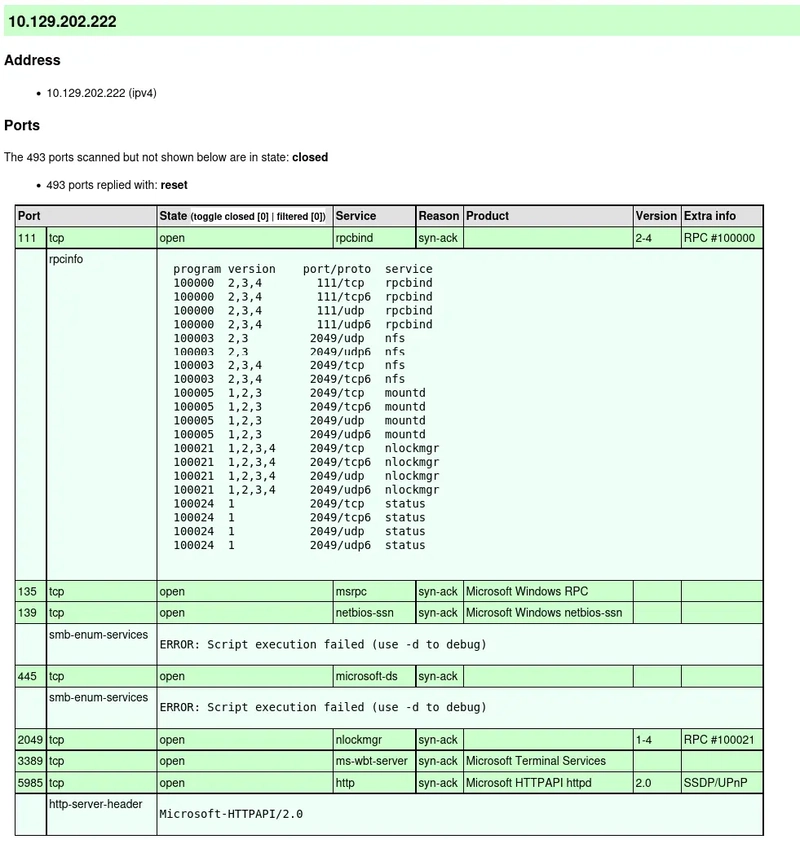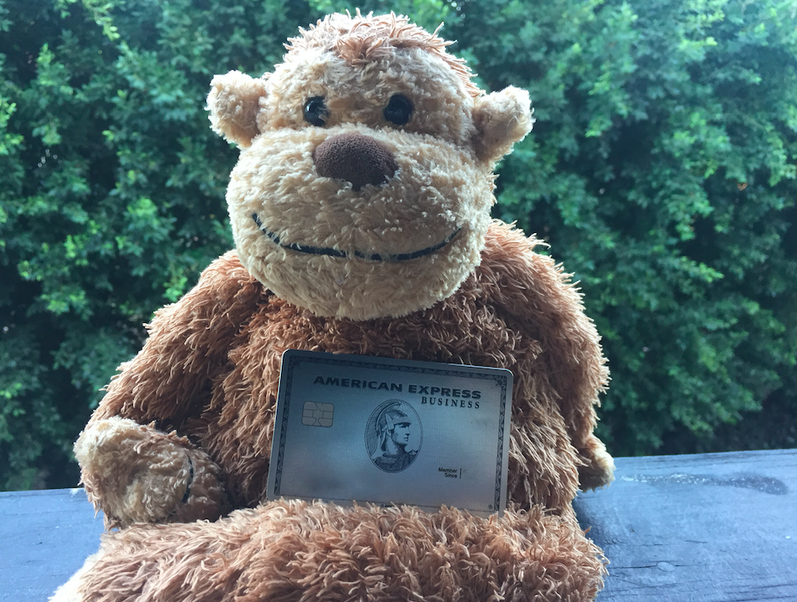This Unique Sound May Be the Key to Preventing Motion Sickness
It can do wonders for nausea and dizziness.

Motion sickness is one of the most common travel-related annoyances out there. According to MedlinePlus, about 1 in 3 people are deemed highly susceptible to its symptoms, but under the right conditions, almost anyone can experience it. You'll know it if it hits you—classic signs of motion sickness are dizziness, pale skin, and sweating, followed by nausea and vomiting.
If you're prone to this condition, there's a good chance you've tried everything to make sure it doesn't sneak up on you, including medications, breathing techniques, and certain foods and drinks. Soon, you'll likely have access to a new preventative method. According to a recent study from the Nagoya University Graduate School of Medicine, a new sound stimulation technology can help prevent the symptoms of motion sickness with as little as one minute of listening.
“Our study demonstrated that short-term stimulation using a unique sound called 'sound spice®' alleviates symptoms of motion sickness, such as nausea and dizziness,” lead researcher Takumi Kagawa said. “The effective sound level falls within the range of everyday environmental noise exposure, suggesting that the sound technology is both effective and safe.”
Related: New Southwest Airlines Policy Hurts Budget Customers Even More
To test their theory, researchers gave voluntary participants an inner ear device that played the sound at 100 Hz. Following the exposure to the device and the sound, researchers induced motion sickness in participants by having them swing, get in a driving simulator, or ride in a car.
To assess the effectiveness of the sound, scientists tested participants' postural control, looked at their ECG readings, and had them answer questions about their symptoms.
They found that this specific sound wave activated the sympathetic nervous system—the part of the body that is linked to symptoms such as nausea and cold sweats—and reduced both lightheadedness and nausea.
“These results suggest that activation of sympathetic nerves, which are often dysregulated in motion sickness, was objectively improved by the unique sound exposure,” co-author Masashi Kato said.
You might be asking—is this kind of inner ear noise safe? According to the researchers, when used properly, it's well below workplace noise safety standards and is a safe and effective way to prevent and improve motion sickness symptoms.









































































